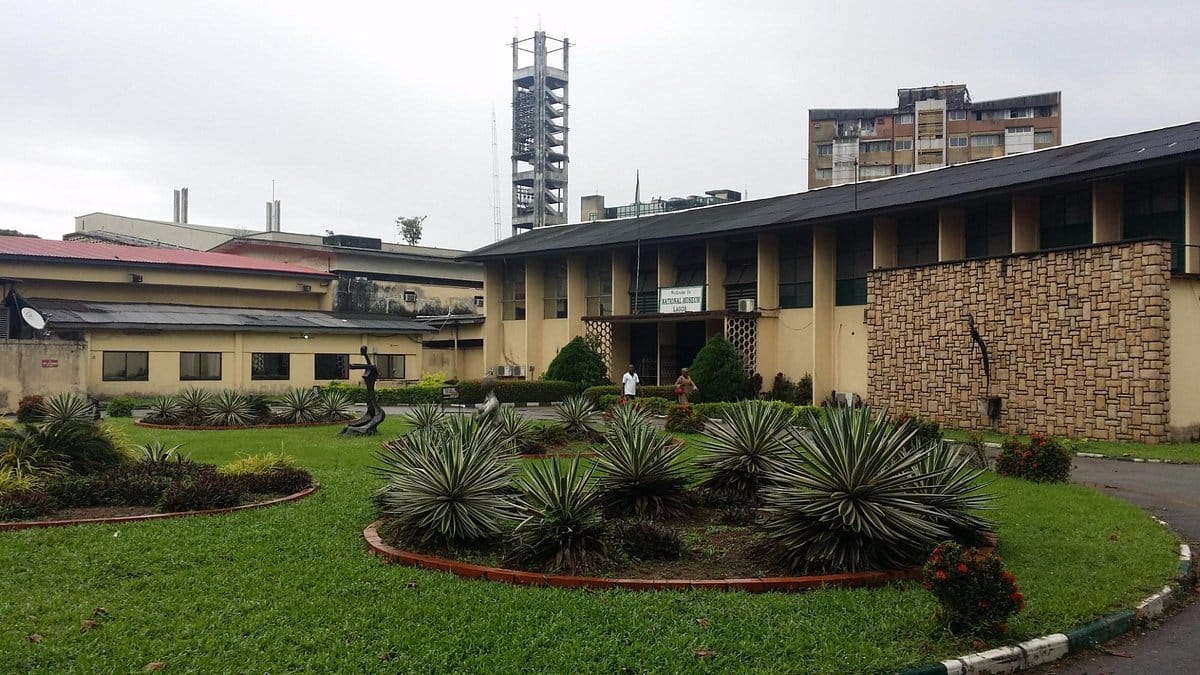The National Museum Lagos

Located in the heart of Lagos, the National Museum stands as a beacon of Nigeria's rich cultural heritage and history. Established in 1957, this museum is one of the oldest and most esteemed institutions in the country, showcasing an extensive collection of artifacts that narrate the diverse stories of Nigeria’s ethnic groups. Here’s an in-depth look at what makes the National Museum Lagos a must-visit destination for both locals and tourists.
A Brief History
The National Museum was founded by British archaeologist Kenneth Murray and was originally known as the Lagos Museum. Its primary purpose was to safeguard Nigeria's historical artifacts and educate the public about its cultural heritage. Over the years, it has evolved into a significant institution under the auspices of the National Commission for Museums and Monuments (NCMM), housing over 47,000 objects made from various materials such as wood, ivory, metal, and terracotta.
Location and Accessibility
The museum is conveniently located at King George V Road, Onikan, Lagos Island, making it easily accessible from various parts of the city. It operates daily (except Sundays) from 9 AM to 5 PM, allowing ample opportunity for visitors to explore its rich offerings.
What to Expect at the Museum
1. Diverse Collections
The National Museum boasts an impressive array of artifacts that span over 8,000 years of Nigerian history. Key highlights include:
- Nok Terracotta Sculptures: These ancient artworks date back to between 900 BC and 200 AD and are among Nigeria's earliest known artistic expressions.
- Benin Bronzes: A collection of plaques and sculptures that once adorned the Royal Palace of Benin, showcasing intricate craftsmanship.
- Igbo-Ukwu Artifacts: These include ceremonial objects and jewelry that reflect the artistry and culture of the Igbo people.
- Ekoi Masks: Beautifully crafted masks used in traditional ceremonies, representing various cultural rituals across Nigeria.
2. Cycle of Life Exhibition
One of the museum’s most captivating exhibitions is the ‘Cycle of Life’, which explores traditional Nigerian life from birth to death. This exhibition features:
- A Yoruba clay pot used for burying umbilical cords, symbolizing new beginnings.
- An Egungun masquerade costume adorned with sequins and beads, worn during sacred dances celebrating ancestral spirits.
3. Contemporary Art
In addition to historical artifacts, the museum showcases works by contemporary Nigerian artists such as Nike Davies-Okundaye and Ben Enwonwu, bridging the past with modern artistic expressions.
Educational Opportunities
The National Museum serves not only as a repository of artifacts but also as an educational hub. It offers guided tours for schools and groups, providing insights into Nigeria’s history, art, and culture. Visitors can engage with knowledgeable staff who share stories behind various exhibits.
Visiting Information
- Entrance Fees:
- Local Visitors: ₦500
- International Visitors: ₦1000
These affordable fees make it accessible for everyone to experience Nigeria's rich heritage.
Conclusion
The National Museum Lagos is more than just a collection of artifacts; it's a journey through time that celebrates Nigeria's diverse cultures and histories, ideal for history enthusiasts, art lovers, and travelers, this museum offers something for everyone. A visit to this cultural landmark is not only educational but also a chance to appreciate the beauty and complexity of Nigerian heritage.
Join a thriving community of culture enthusiasts on Cliqbox. Share your experiences from the National Museum Lagos, connect with fellow history lovers, and engage in discussions about Nigeria's rich heritage. Discover events, activities, and insights that celebrate art and culture. Don’t miss out—become part of our vibrant community today!